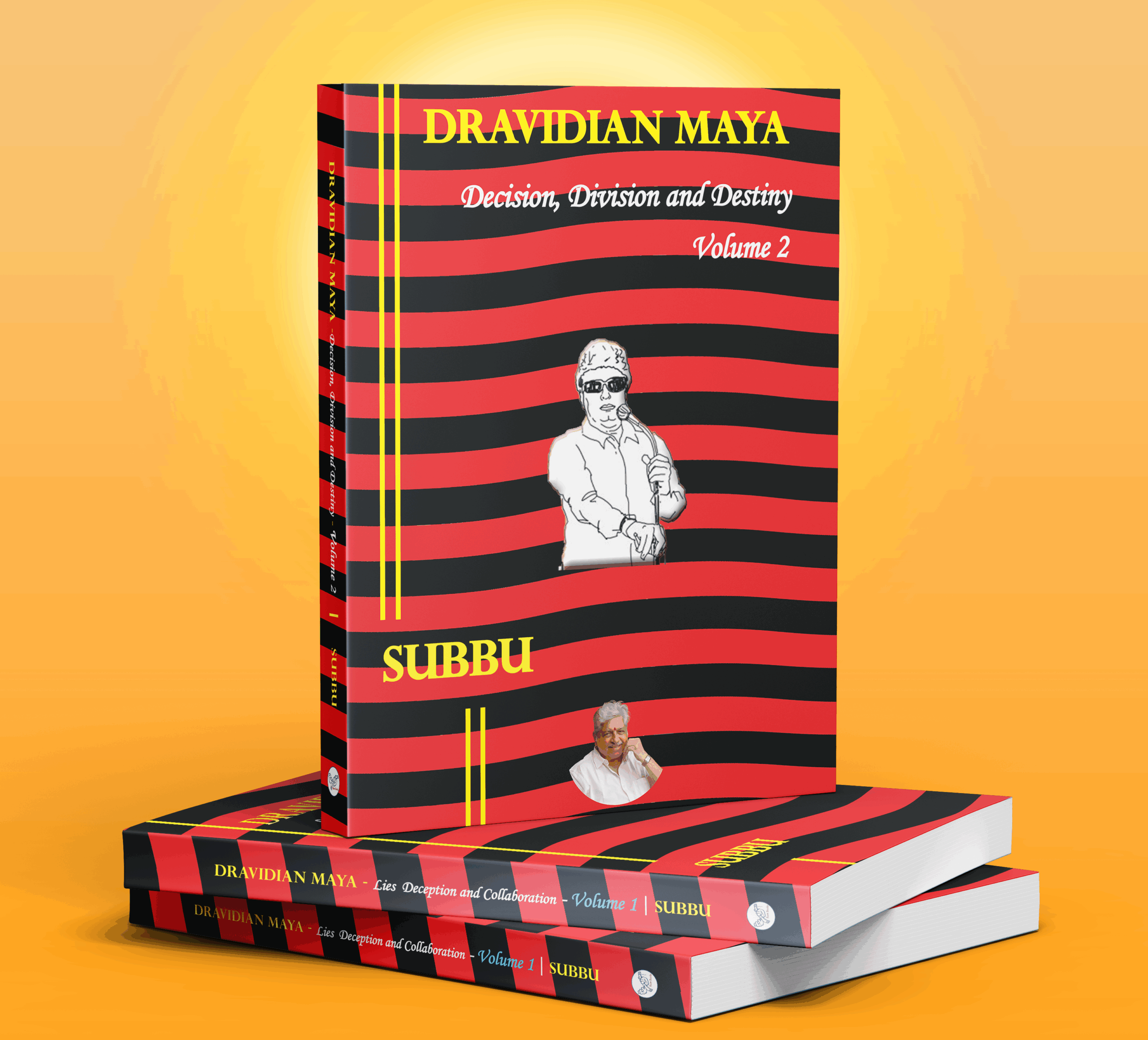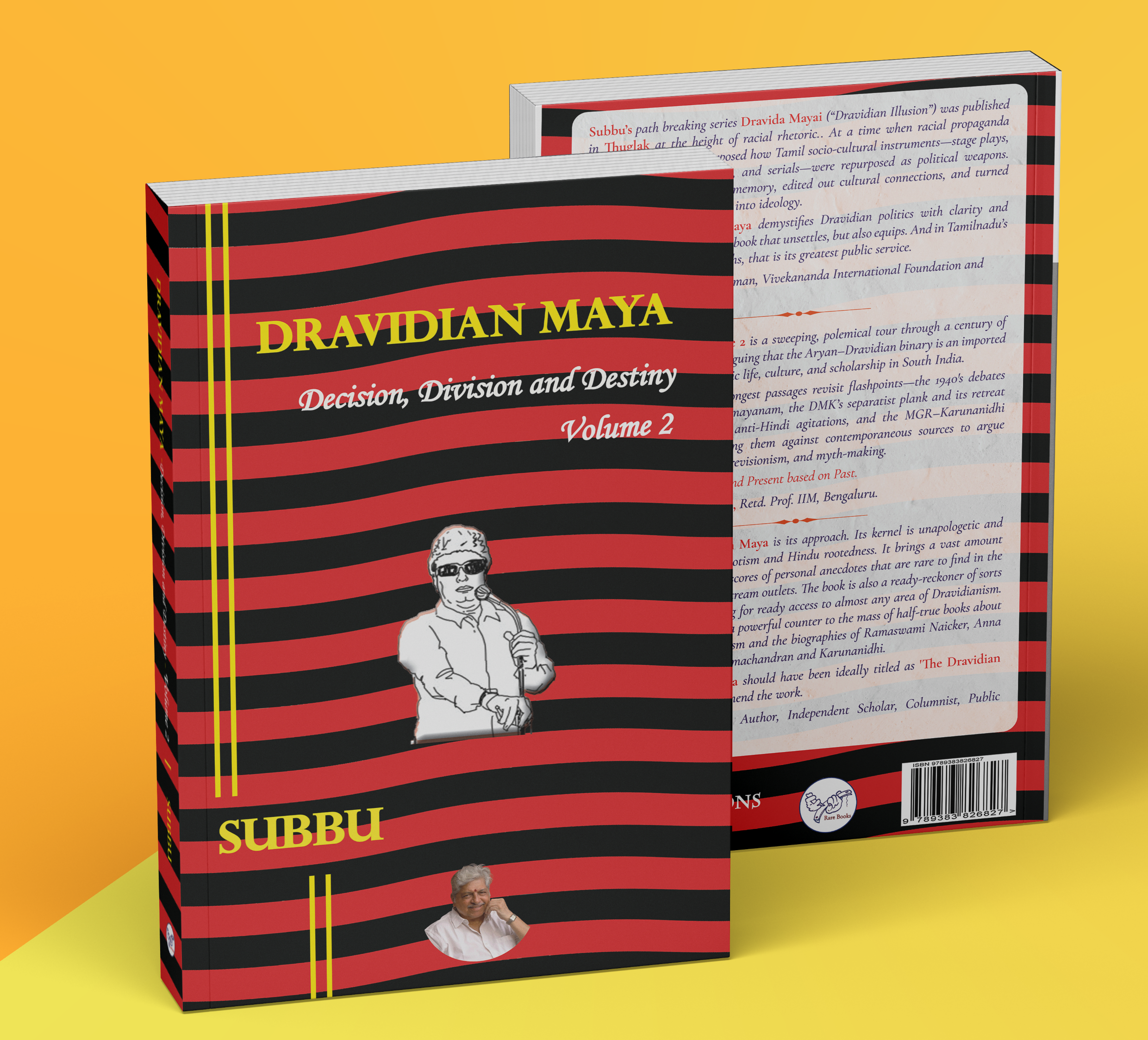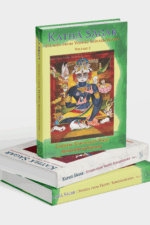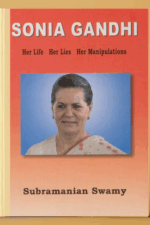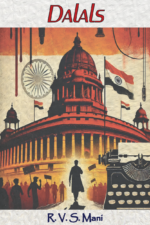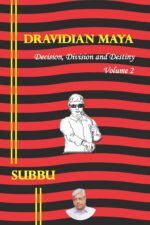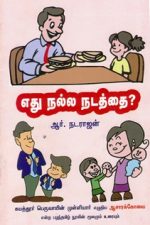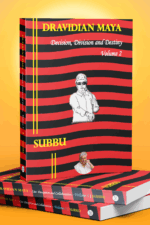Subbu’s Dravida Mayai [Dravidian Illusion] series in the Thuglak Magazine created waves at a time when the anti-national racial ideology was at its peak. The present volume of Subbu maps how socio-cultural instruments morphed with political messages —stage, screen, song, and serial— became the vernacular engine of power in Tamil Nadu, and how public and private memory of the Tamil peoples was confused and their cultural connection edited in their wake.
The book’s recurring motif is dissonance—between podium rationalism and private piety, anti‑Brahmin rhetoric and Brahminical contributions to Tamil letters, separatist maximalism and constitutional recalibration after the Secession Act. Its historiographic wager is that these dissonances were not aberrations but design features in a politics of mobilization. Stylistically, the work is accessible and episodic, closer to a curated archive than an academic monograph, which makes it quotable and programmatic for public debates. Where it overreaches is in imputing motive with certainty and in under‑weighting structural currents (agrarian change, caste federations beyond party lines, federal bargains). Yet the ledger of specificities—dates, pamphlets, editorials, floor speeches, police actions—delivers a rare granularity that readers will mine for teaching, commentary, and rebuttal alike.

